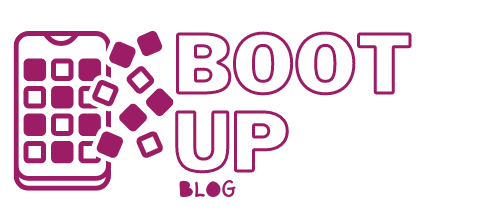When using a computer, application applications aid the user in doing job activities, personal tasks, or research. They are the applications that normal users view and interact with. This contains software for word processing, spreadsheets, and visual presentations, among other things. This article discusses some categories of application software, including their strengths that enhance a user’s productivity.
Personal Productivity Applications
Personal productivity programs meet the demands of a wide range of users and are divided into different subcategories. Word processing, spreadsheet, presentation, and database tools are examples of personal productivity software. Web browsers and e-mail programs are examples of Internet apps. Desktop publishing is used in multimedia or graphics apps, as well as picture and graphic editing, whereas home and educational applications include personal financial tools, tax preparation software, reference software, and game playing software.
These personal productivity apps are often standalone programs that do not require the use of any other application software to work. Some apps, however, have identical interfaces and share data and resources. These apps are referred to as software suites, and some examples include the most popular, Microsoft Office, Corel WordPerfect Office, and Lotus SmartSuite.
Word Processing Features

The document life cycle is used to create any word processing applications. The life cycle of a word processing document comprises producing the document, editing or altering it, formatting it, storing it, and eventually printing it to offer a tangible copy.
Text portions can be erased, relocated, or retyped when the document is edited, and text can also be searched and changed. Formatting the document improves its look by including characteristics such as multiple font kinds and sizes, line spacing, colors, and borders.
Mail merge is a useful function of word processing software. This function simplifies the creation of customised letters and reports, as well as the printing of addresses on envelopes and mailing labels. Mail merge may be utilized to ease many mundane chores, such as customizing invitations, creating flyers, creating certificates, labeling file folders, and creating name tags, with a little creative thought.
Workgroup Applications
These programs are used by two or more people who collaborate to complete a job. As a result, the applications should facilitate the sharing of information and portions of work or projects, as well as the scheduling of group meetings, group electronic mail services, group decision making, and conferencing. Project management software, groupware such as Microsoft Sharepoint, and collaborative software such as WIKIs are examples of this software (an example of a WIKI is Wikipedia).
Enterprise Applications

Personnel utilize these programs to assist the firm in its interactions with consumers and workers. Order entry, billing, payroll, human resource administration, and general reporting are some of the operations. Enterprise apps are customised or tailored to the company’s unique activities. PeopleSoft, a full set of firm operations software, and Banner, an enterprise system used by universities and colleges to handle records management, financial management, course administration, student management, and so on, are two examples of enterprise software.
Application Software Development
Some apps are created ‘inhouse’ for usage within the firm. Other apps are created under contract by technology businesses who specialize in creating custom application software for their clients. Amazon.com’s book ordering procedure is an example of bespoke software development. Finally, there are off-the-shelf application software packages, which may be purchased and utilized without the capacity to alter the program, as the name indicates.
Spreadsheet Features

Electronic spreadsheets organize data in a grid of rows and columns. Spreadsheet programs are considered a simple database that can be used to manipulate data in the form of numbers, percentages, etc.
The benefits include the elimination of much of the tedious tasks of performing the calculations manually, so that the calculations are generally error‐free. Data is automatically recalculated when one value or calculation is changed. What‐if analysis allows users to change one value and have the results instantly recalculated. This is very useful in financial forecasting.


One reply on “Computer Basics: Understanding Applications Software”
[…] Sound off in the comments section below and tell us what you want to read next and if you want to read more about fiber optics. […]